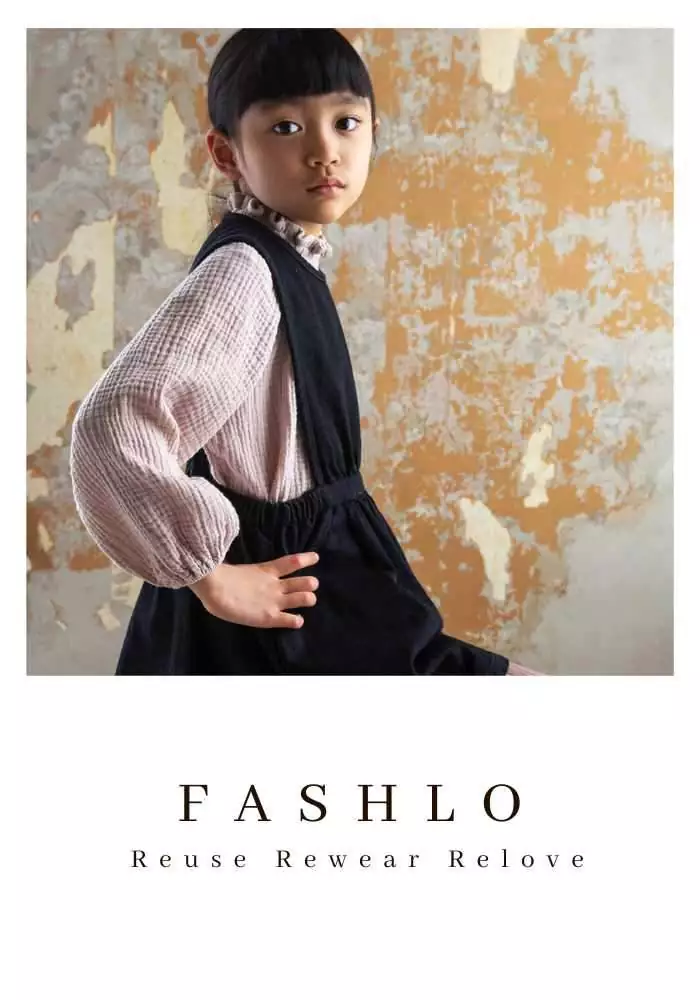- Fashion
- 0 likes
- 7158 views
- 0 comments
What is Zero waste, less waste, eco trends and what is it all about?
.jpg)
Zero waste, less waste, eco trends, pre-owned. Reloved's concept is to offer durable, high-quality clothing that is reused. Why? It's better for the environment, our savings and reduces CO2 emissions. We treat sustainable fashion seriously and consciously. We are abandoning fast fashion, i.e. the fashion to which large retail chains have got us used to. The brands that we offer to our clients adopt pro-ecological attitudes. Buying pre-owned is not new, but the way we do it is new. Buying second-hand clothing reduces your contribution to the unsustainable fashion market. You are not buying low-quality clothing made of non-degradable materials that go to waste after a year. You protect your clothes from landing in the trash can - and in return, you get high-quality, gorgeous clothes that can last for many years!
2020 is the year of pre-owned fashion and we know you'll love the trend as much as we do at FASHLO!
Unfortunately, the fashion industry contributes a lot to the destruction of our planet. According to various studies and statistics, the average consumer throws away about 30 kilograms of clothing each year. Globally, textile waste amounts to 13 million tons per year. Every year, 85% of all textiles end up in landfill, while 95% can be reused or recycled. That's why we want and need to spend zero waste and less waste time. What can we do to reduce the amount of textile waste in our wardrobe? Here are our suggestions.
.jpg)
Extend the life of your clothes
Avoiding wastage of textiles starts with our fewer purchases. The key is to extend the life of the clothes you already own. This requires good garment care. Take the time to learn how to maintain your items. Make sure you wash your clothes according to the washing instructions, at the right temperature and with chemicals. Also find out if you need to use special products for their care. Some brands have a product care page where you can find all the information to make your life easier.
Fix it
Each of us has our favorite clothes. We wear them most often, which exposes them to faster destruction and wear. When you love something and wear it often, it will unfortunately be seen at some point. Assess the situation and see if you can repair your favorite blouse or pants, re-sew buttons or replace the sole with a local shoemaker. Investing in a small repair kit or repairing something will ultimately be cheaper than buying a new garment and will prevent waste. Coming back to footwear - there were a lot of companies that maintain and repair shoes. They can make miracles from an old pair of sneakers - shoes that will be unique on the streets of even the largest cities.
Extend the cycle
Does something no longer fit you or have you stopped wearing it? Don't part with it just yet. There are many YouTube videos showing how to modify our clothing. Get creative by trimming old jeans into shorts, creating a dress from a large men's shirt, or transforming a skirt into a nice top.
Exchange or give back
Think about it - maybe other people would like to wear your unwanted clothes and accessories. Organize a clothes exchange with friends or family members, or look for one in your immediate area. Clothing changes take place regularly in some of the larger cities. Take a look at Facebook events, and maybe one is coming up right now. Then you can come home with some new items too!
If you do not have access to an exchange of clothes, or if your circle of loved ones just has a completely different sense of style (not everyone knows about it!), Then you can donate your clothes to local charities that can give them to those in need. Another option is to donate your clothes to a thrift store or sell them. Maybe someone will give him a second life there.
Recycling
Your clothing may not be repairable ... But that doesn't mean it can't be used any other way. You can cut old T-shirts into cotton cloths which you can then use to clean various surfaces in your home. As a last resort, you can bring used textiles to the garment recycling bin.
Buy less and make it durable
Finally, it all comes down to consuming less. You can't throw away things that you don't have. Therefore, it is important to choose high-quality items made of durable materials that will serve you for years, not just one season.
Extra tip: prevent microplastic contamination
Worldwide research has shown that 35% of microplastics in the oceans come from clothing. Did you know that washing clothes made of polyester, nylon, acrylic and other synthetic fibers isolates tiny plastic particles? These fibers enter the environment through our sewer systems and contribute to the pollution problem of the oceans. Two tips to prevent this from happening: wash only when necessary, and put your synthetic laundry in a laundry bag to filter out microplastics.
.jpg)
Of course, you can use all of the above tips when organizing, completing or modifying your children's wardrobe.
- Do you want to dress your children in luxurious clothes from the best brands?
- Do you want them to wear the hottest trends and the most classic styles?
- Do you want to invest in high-quality clothing and accessories that will not lose their value and will serve your children for many seasons?
- Do you want your children to have a more sustainable, ecological wardrobe?
- Do you want to do all of this for a small fraction of the actual cost?
Yes of course! Women all over the world want great fashion at a low cost to your wallet, health and the environment. It is obvious that they want this for their baby as well.
Teach your little ones an eco-friendly style. Zero waste is based on life according to the slogans: refuse, reduce, reuse, recycle. The Reloved concept allows you to maintain a deeply rooted relationship with fashion without rejecting the latest trends. FASHLO - this is a store that sells beautiful used pearls for children that will easily integrate with a modern wardrobe. FASHLO allows you to love vintage fashion and combine it with the latest trends. Not only will you find something unique and individual here, it is likely that the new experience with the reloved concept will allow you to keep these clothes in a children's wardrobe much longer than what you found in the popular fast fashion store.
Check it out and be eco! :D












Comments (0)